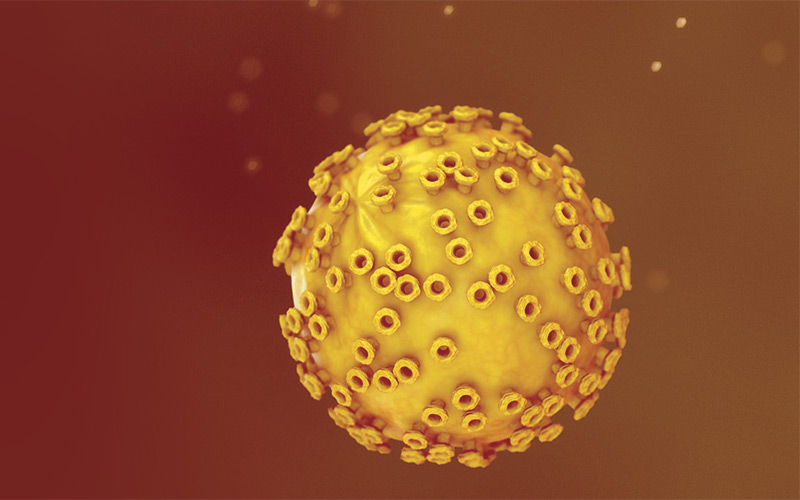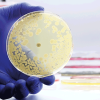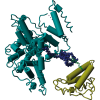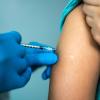Issue 3 of our journal is now completed. By the time you read this, the hardcopy may already have landed on your doormats. However, those of you who have been to the website will already have accessed and read some of the papers. Editor Andrew Blann outlines the content in the latest issue.

B Crossley, J Crossley. A review of the use of human papilloma virus (HPV) testing in cervical screening
Human papilloma virus (HPV) has several isotypes, the most dangerous of which confer a risk of cervical cancer. There is clear evidence of a reduction in the incidence of cancer where HPV testing is used. As cervical cytology becomes increasingly rare, this review discusses its effectiveness and role in cervical screening.
NW Brown. Toxicology in clinical laboratories: challenging times
This review considers a number of significant developments in toxicology within clinical laboratories, both with the available instrumentation and in the range of compounds abused by the drug-using communities, and developments in the regulation of forensic science in the UK, which may in time impact on clinical toxicology.
Khatoon J et al. Association of heterogenicity of Helicobacter pylori cag pathogenicity with peptic ulcer diseases and gastic cancer
H pylori is linked to a variety of diseases of the stomach, the most serious being cancer. A major determinant of its pathogenicity is a gene, cag, and its product. Our colleagues show that alternative isotypes of cag are associated with different forms of gastic disease.
Fan J et al. A magnetic nanoparticle-labeled immunoassay with europium and samarium for simultaneous quantification of pepsinogen I and II
In the search for better laboratory methods, Fan et al report their development of an immunoassay that can measure two molecules at the same time. An interesting part of this is the use of two fluorescent rare-earth elements to label monoclonal antibodies, and magnetic nanoparticles as a separation step.
This method could be adapted for the immunoassay of almost any two analytes.
Tan B et al. The clinical value of Vav3 in peripheral blood for predicting lymphatic metastasis of gastric cancer
Vav3, with roles in signal transduction and metastatic invasion, is over-expressed in a variety of cancers, and encodes a soluble protein product (Vav3). Tan et al show increased serum Vav3 in stomach cancer, with higher levels in lymphatic metastases, and that levels fall after surgical excision. Thus Vav3 could be a new cancer marker that may enter routine practice.
Farid K et al. Development and evaluation of a novel score for prediction of large oesophageal varices in patients with hepatitis C virus indices liver cirrhosis
Cirrhotic liver failure in hepatitis C virus infection is a dominant pathology, but acute bleeding from oesophageal varices can be life-threatening. Farid et al present a new score for predicting risk of this haemorrhage (a combination of platelet count, prothrombin time and alpha-fetoprotein) that outperforms eight other scoring systems.
Cleary O et al. Evaluation of the Xpert norovirus assay for the rapid detection of norovirus genogroups I and II in faecal specimens within a routine laboratory setting
Norovirus accounts for >90% of cases of gastroenteritis and is a major issue in hospitals and care homes. Our colleagues from Ireland report that the Xpert assay has excellent performance criteria compared with a reference RT-PCT method, and out-performs an alternative assay method.
Eltorgoman AE et al. Pleural fluid DNA integrity index as a diagnostic marker of malignant pleural effusion
Diagnosis of a malignant or benign pleural effusion based on cytology has poor sensitivity and specificity, possibly due to the sampled cells being unrepresentative of the complete pathology. The advance reported here is that combining cytology with the ratio between two Alu repeats brings the specificity and diagnostic accuracy to 100%.
Cao Y et al. Fluorescent PCR detection of mecA in drug resistant MRSA: a methodological study
A key determinant of methicillin resistance is the product of mecA, detecting this gene is important. Cao et al compared standard phenotypic detection with fluorescent PCT, finding 98% concordance in sputum samples, and 100% in blood, urine and other body fluids, paving the way for an expansion of the use of method.
Andrew Blann is Editor of the British Journal of Biomedical Science.
One or more of these articles may be the subject of a Journal-based learning exercise for those seeking to improve their continuing professional development profile.




